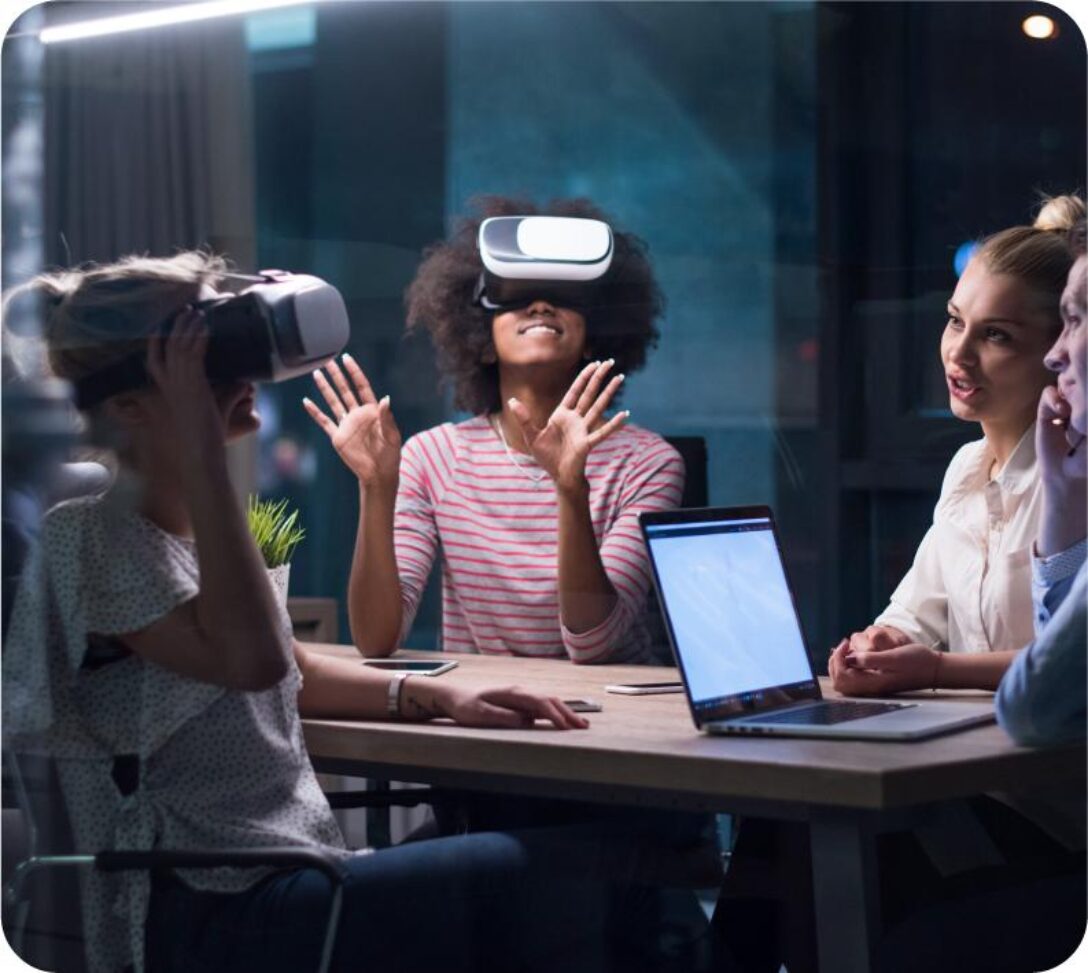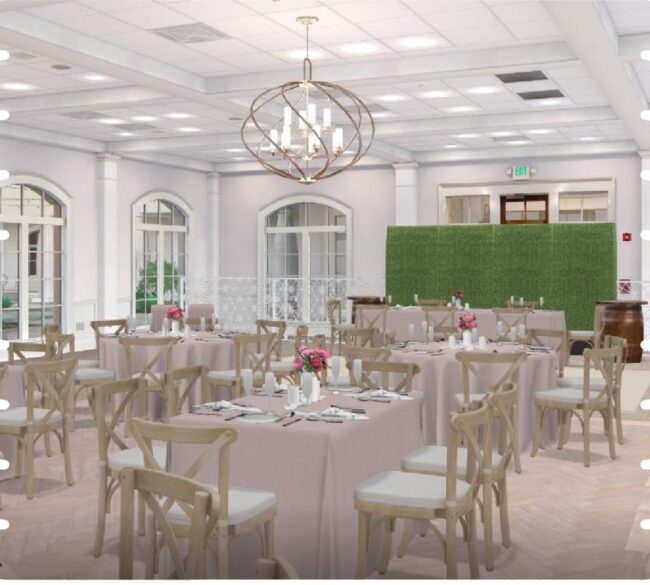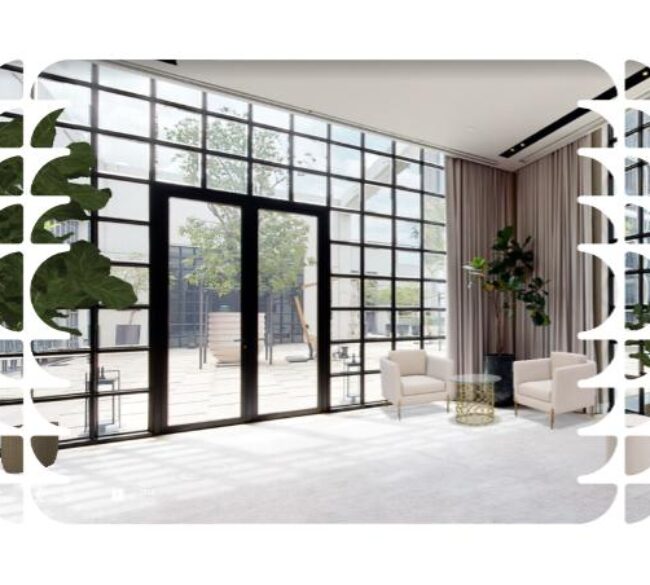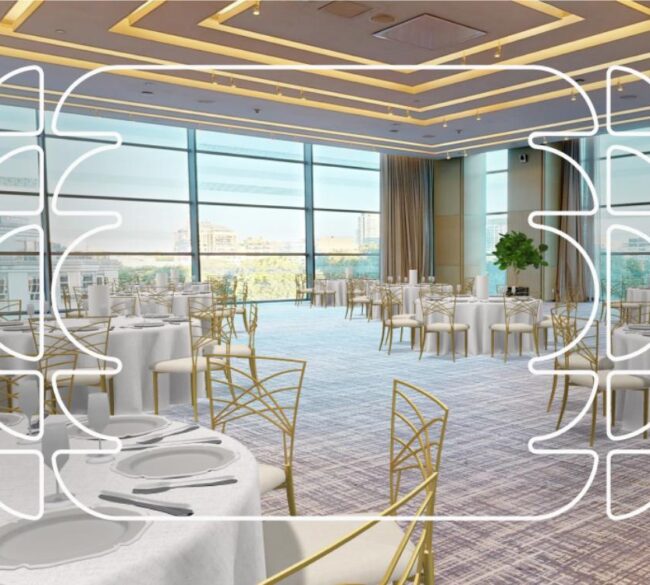Looks like you’re on the US site. Choose another location to see content specific to your location
Event Technology: Then & Now of Virtual Reality

Virtual Reality has evolved over the years and is now a useful component of event planning and event experience.
In the last two decades, thanks to feature films movie-goers received a glimpse of the future of virtual reality as the next wave of technology.
- In 1992, Steven Spielberg’s cult science fiction film “The Lawnmower Man” introduced the “virtual reality” term for the first time, with its tale of a scientist who used VR technology experiments to accelerate the learning of a mentally handicapped gardener.
- In 1995, Kathryn Bigelow’s science fiction thriller “Stranger Days” followed the story of the illegal sale of virtual reality-like SQUID recordings that allow users to live out fantasies from the comfort of a headset.
- “The Matrix” broke new ground in 1999 as the story took place in a simulated reality where a group of heroes wages war against a group of sentient machines that have enslaved humanity.
- And in 2009, “Gamer” gave VR gaming a playful twist with a simulated reality where gamers control live actors characters in the ultimate first-person experience.
No longer just a figment of Hollywood’s imagination, VR has moved from science fiction to reality – especially in events and meetings.
Here’s a look at three popular ways to use VR to create engaging, innovative, and multi-sensory event experiences.
1) Fully Immersive Site Surveys
Many event venues and planners have moved beyond black and white 2D drawings to 3D renderings and videos to better understand what an event space could look like.
But just like how virtual reality took movie characters to new worlds, VR is now used to open up a wider world of possible event venues and completely immerse viewers into venue spaces.
With the help of VR tours, like Prismm’s VR offering as part of Prismm Vision, anyone can be virtually transported to a venue to walk through an event space and see how particular floorplans, staging and decor options look – eliminating the time and money needed for multiple site visits and travel and helping to simplify and speed up the planning process.
Learn more about Prismm
Here’s a look at three popular ways to use VR to create engaging, innovative, and multi-sensory event experiences.
1) Fully Immersive Site Surveys
Many event venues and planners have moved beyond black and white 2D drawings to 3D renderings and videos to better understand what an event space could look like.
But just like how virtual reality took movie characters to new worlds, VR is now used to open up a wider world of possible event venues and completely immerse viewers into venue spaces.
With the help of VR tours, like Prismm’s VR offering as part of Prismm Vision, anyone can be virtually transported to a venue to walk through an event space and see how particular floorplans, staging and decor options look – eliminating the time and money needed for multiple site visits and travel and helping to simplify and speed up the planning process.
conflicts or time and money constraints. However, thanks to VR, attendees can experience any kind of event in real-time as if they were there in person.
Take TopShop during London’s Fashion Week. Customers were treated to a “virtual” seat at their fashion show by wearing a VR headset connected to the event in real-time as the event was happening – which meant that those who weren’t in London could still be at the event.
And for planners and venues, using VR to extend an event to a broader event audience increases the likelihood that a remote attendee will want to attend a future event.
3) Enhancing the Live Event Experience
Event experiences can be enhanced for in-person attendees too by using VR to virtually deliver exclusive content, unique experiences or special access – as DNCE did for their NBC “Today” show concerts.
As part of the “Backstage with Citi” program, Citi distributed branded Google Cardboard headsets in advance to Citi card members and NBC Fan Pass subscribers, plus additional headsets to attendees at New York’s Rockefeller Plaza on the day of the performance.
Using the VR viewers, fans were treated to an enhanced live concert experience, able to see the performance in 360-degrees, view different band members, look out at the audience, and more.
Just as the movies predicted, VR is opening up new worlds – especially in the event space for both planners and venues alike to create more engaging event experiences.
To learn more about bringing your venue to life with VR, contact the Prismm team.
Learn more about Prismm




